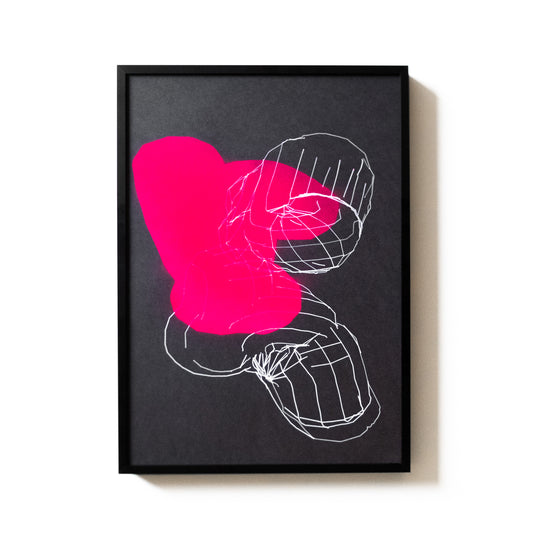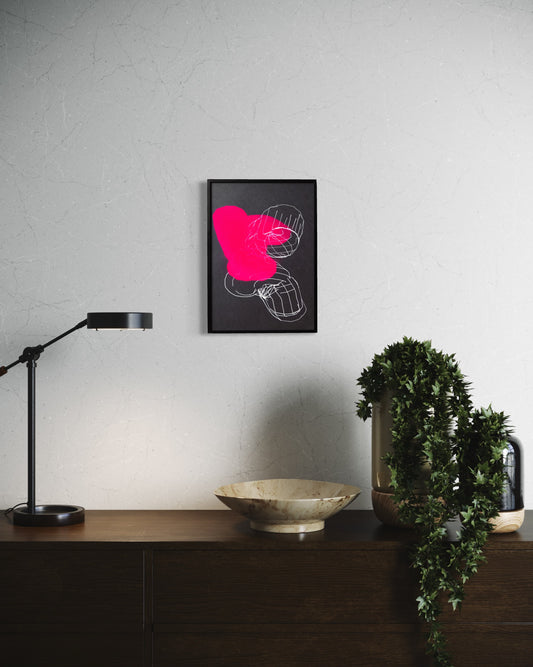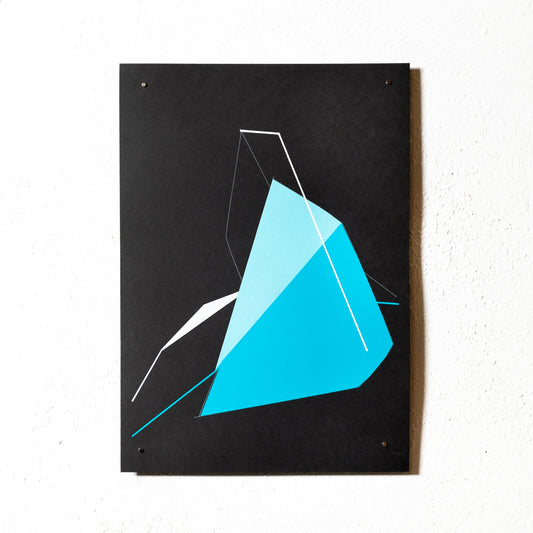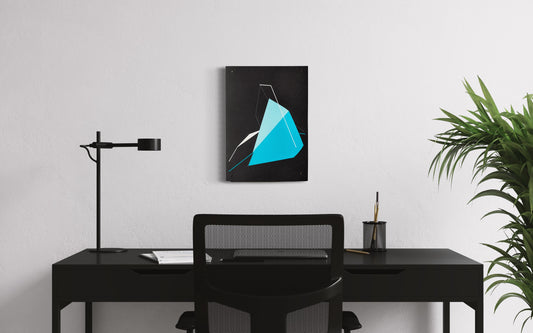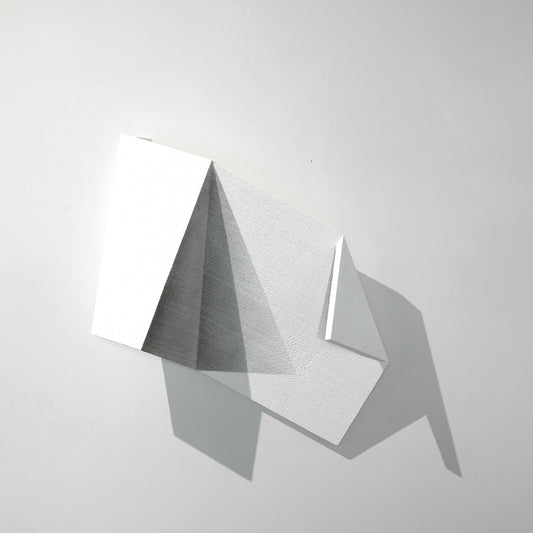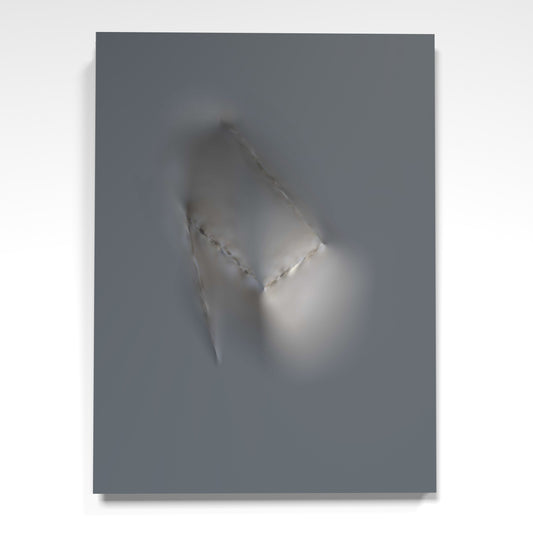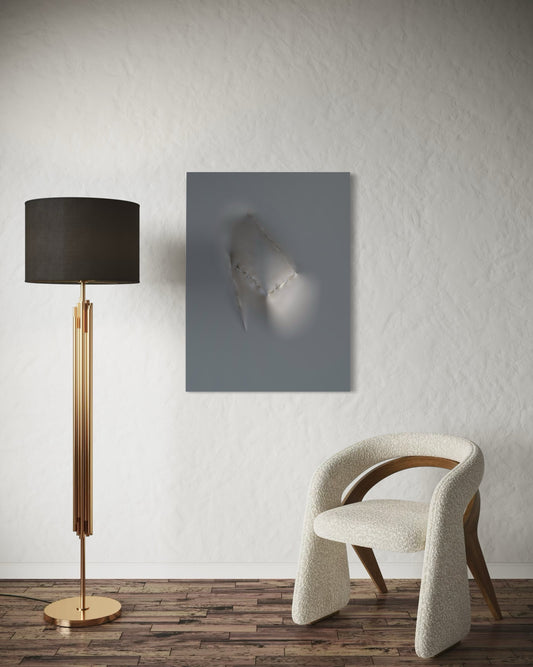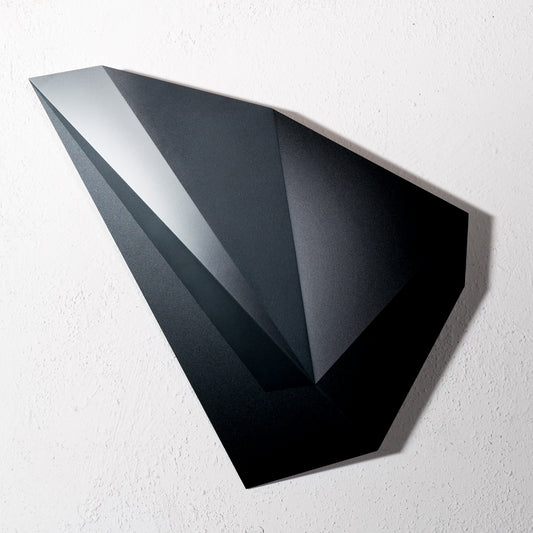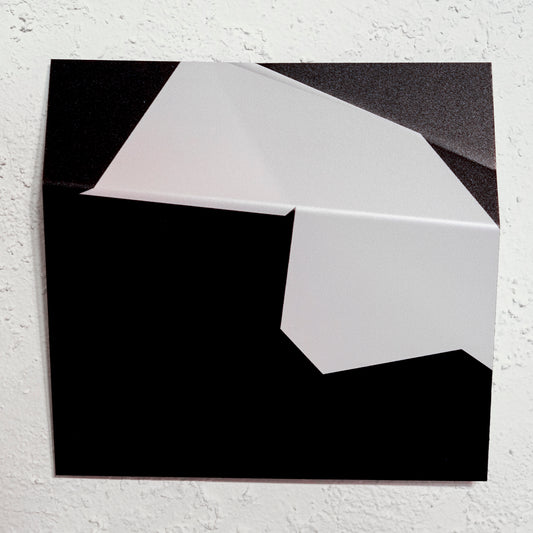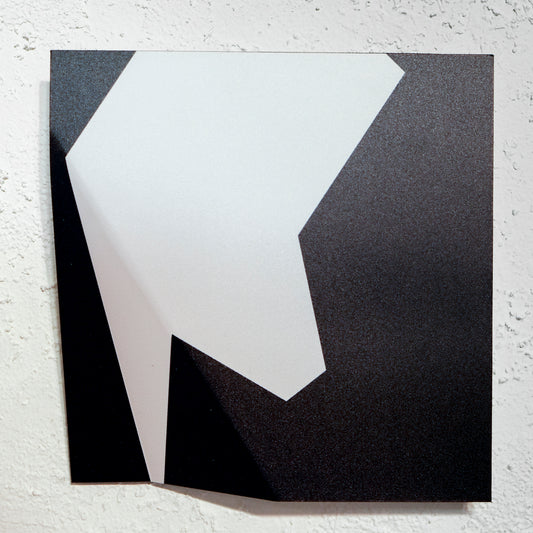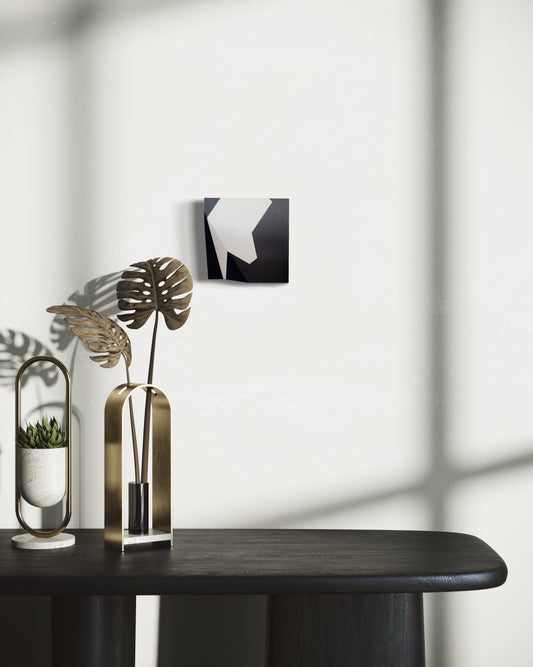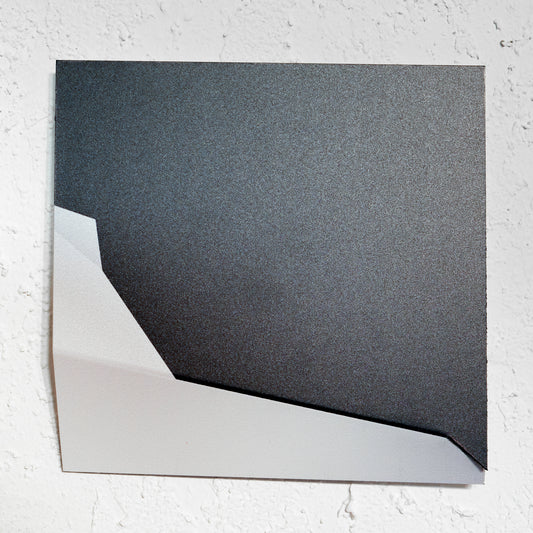Exhibitions
-
Solo exhibitions
Available works
-
202202230101 (visual fragment) | Florian Lechner
Regular price €1.500,00Regular priceUnit price per19112502 (Cyan) | Florian Lechner
Regular price €1.500,00Regular priceUnit price perVerschattung | Florian Lechner
Regular price €3.900,00Regular priceUnit price per2006050201 | Florian Lechner
Regular price €4.200,00Regular priceUnit price per190105011 | Florian Lechner
Regular price €2.600,00Regular priceUnit price per160209.06 | Florian Lechner
Regular price €700,00Regular priceUnit price per160209.05 | Florian Lechner
Regular price €700,00Regular priceUnit price per160209.03 | Florian Lechner
Regular price €700,00Regular priceUnit price perRENDER: Florian Lechner at Lachenmann Art Frankfurt
The RENDER exhibition brings together the latest works by Munich artist Florian Lechner (*1981), which can be understood as a type of digital sculpture. On the one hand, they make virtuoso use of the digital for sculpture and, on the other hand, critically examine its implications for the work of art and the aesthetic experience, which is also what the title of the exhibition refers to.
As an English verb, to render is basically to be understood as to make, to perform, to demonstrate. In German usage, however, this has become established primarily in connection with rendering as a term from design or computer graphics. Understood as image synthesis, it describes the process of creating an image or sketch from raw data for 2D or 3D space, whereby specific properties are transferred to the data or specifications are made. The term thus refers pointedly to what Lechner deals with in his work when he designs bodies in virtual space and prints images of these bodies on aluminum composite panels, which he then processes further. Or when he prints out parts of the body in different sizes using a 3D printer, so that in the spirit of the post-Internet he creates image objects that do not need to distinguish between original and copy.
In a similar way to the challenges of rendering , Lechner uses different forms, materials and formats to negotiate the issue of virtual observation and the visibility or visualization of objects, the influence of material properties on the appearance of simulated and real surfaces, as well as the role and function of light refraction and lighting conditions, which have always been among the basic themes of classical sculpture. However, a significant difference and a decisive demarcation from tradition is that Lechner does not bow to its conventions, but rather breaks away from them in the spirit of postmodernism in order to develop them further.
As is also evident in the presentation of the works in the gallery spaces, Lechner negates the classic concept of the work and attempts to establish diverse physical and virtual relationships between the individual works and their digital reproductions, images and continuations, which now extend into social networks and their echoes.
Lechner also addresses other current questions about the relationship between artistic autonomy and the preservation of aesthetic experience in this situation, which not only commodifies the work into a consumer item, but also preserves its otherness and uniqueness. By taking up these and other similar contemporary considerations, Lechner sheds light on the fundamental contradictions of digital art. At the same time, he seduces visitors to unconsciously enter into the discourse he is conducting via the supposedly smooth, aesthetic and at the same time tactilely attractive surfaces that are typical of Lechner's work and, in the end, to expand the described variety of relationships as a recipient.
Impressions
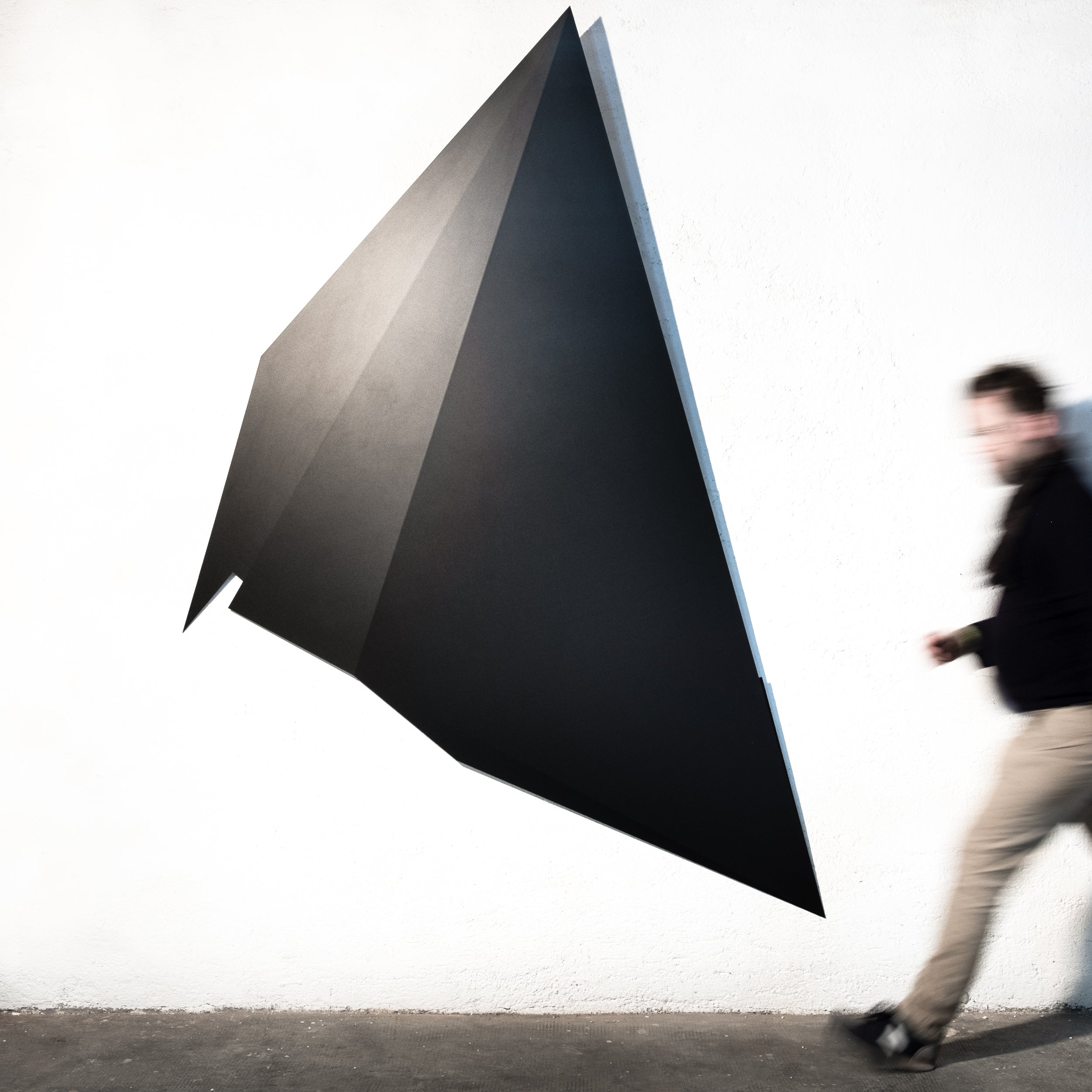

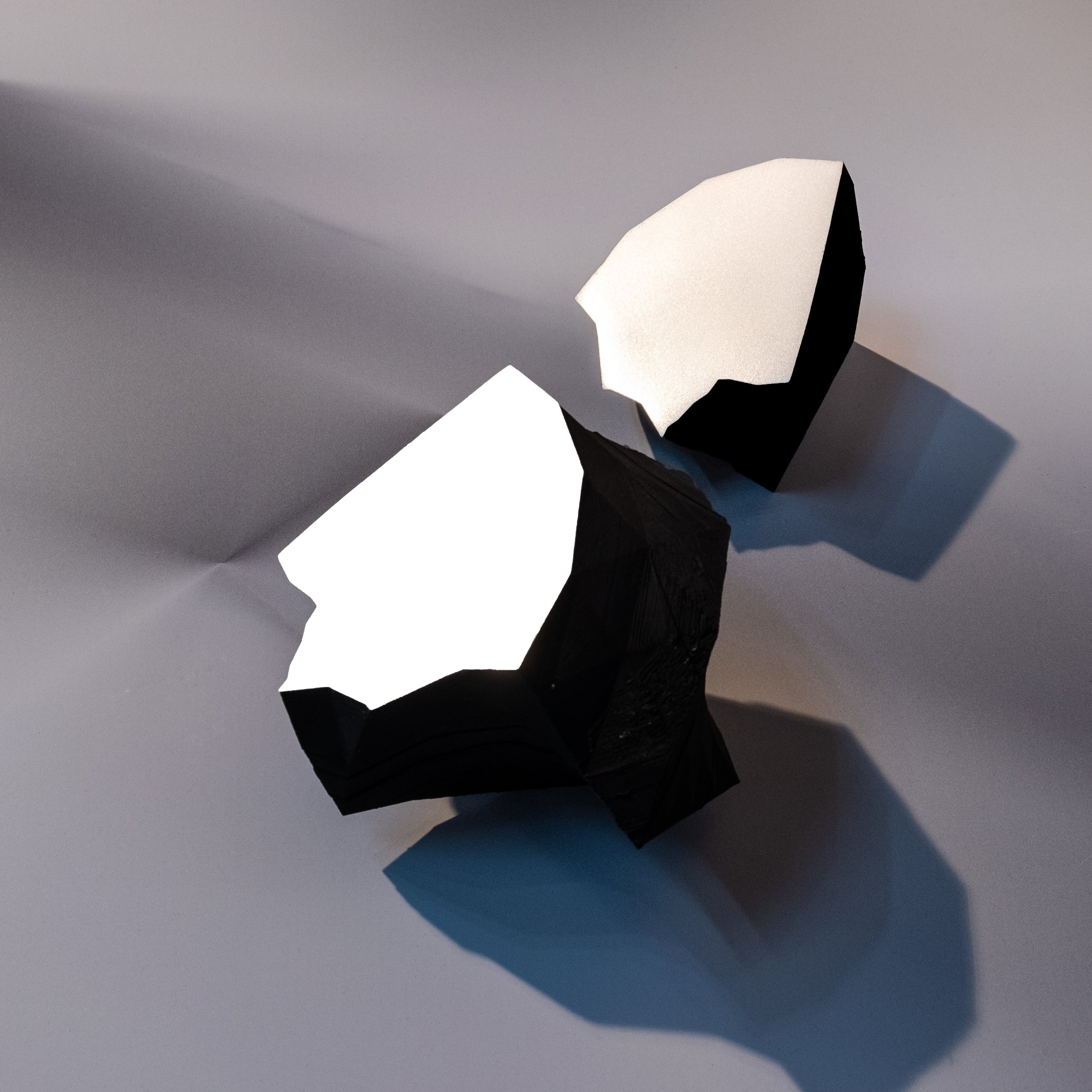
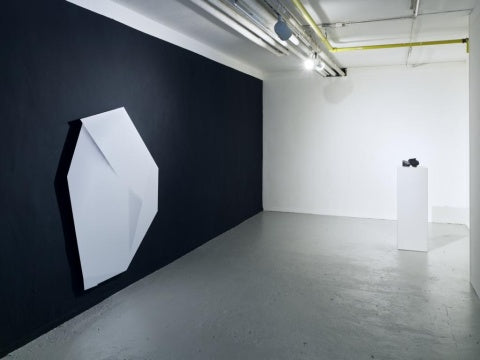
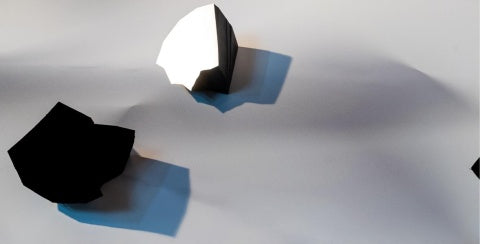
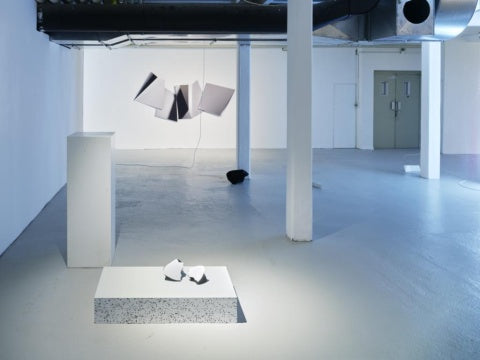
- Choosing a selection results in a full page refresh.
- Opens in a new window.
